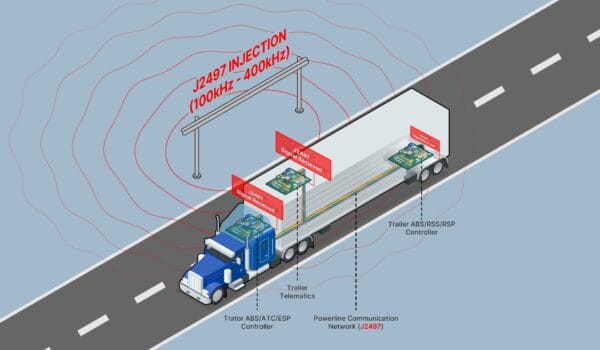As trucking operations grow beyond 50 assets, their cybersecurity needs to evolve beyond the scope of guidance designed for owner operators and small fleets. Increased operational complexity, a mix of internal IT capabilities, and greater reliance on external vendors create a unique set of cybersecurity challenges that require more advanced and technically sophisticated controls.
The Cybersecurity Best Practices Guidebook for Mid-Sized Fleet resource is part of the Roadmap to Resilience series, which addresses these challenges directly. Designed for fleets with 50 to 3,000 assets, the guidebook accounts for diverse operational models, business structures, and staffing levels in the industry. While some mid-sized fleets have dedicated IT teams with cybersecurity responsibilities, others operate with minimal in-house IT expertise, depending heavily on managed service providers (MSPs) and managed security service providers (MSSPs).
To provide a structured approach to cybersecurity maturity, the guidebook is organized into four tiers: prerequisites, initial, intermediate, and advanced.
The prerequisite tier consolidates foundational security measures, aligning with the first two tiers from the Owner Operator and Small Fleet guidebook. Once these fundamental controls are established, the real work begins.
The initial tier focuses on reducing an organization’s exposure to common attack vectors. Key measures include securing network and device access, implementing comprehensive logging, and ensuring visibility across all critical systems. By the time a fleet has implemented these controls, they have significantly reduced their risk of being an easy target for cybercriminals.
Building on this foundation, the intermediate and advanced tiers introduce the components of a mature cybersecurity program. These include advanced technical controls, well-documented security policies, and a risk management approach that aligns with business objectives. At this level, cybersecurity is no longer just an IT concern—it becomes an integral part of the organization’s strategic planning and operational resilience.
However, even the strongest cybersecurity program cannot provide absolute immunity from cyberthreats. Acknowledging this reality, the guidebook dedicates significant attention to incident response (IRP), business continuity (BCP), and disaster recovery planning (DRP). These plans ensure that, when an attack does occur, the business can respond effectively, minimize disruption, and maintain operational continuity. A well-prepared organization treats incident response as a proactive, well-rehearsed process—one that involves cybersecurity teams, operations staff, and business leadership working in concert.
For mid-sized trucking fleets, cybersecurity is no longer optional—it is an operational necessity. The Cybersecurity Best Practices Guidebook for Mid-Sized Fleet resource provides a clear and actionable roadmap to building a resilient security program that not only protects digital assets but also ensures the long-term stability and success of the business.
Download the guidebook today and take the next step toward strengthening your fleet’s cybersecurity defenses.







